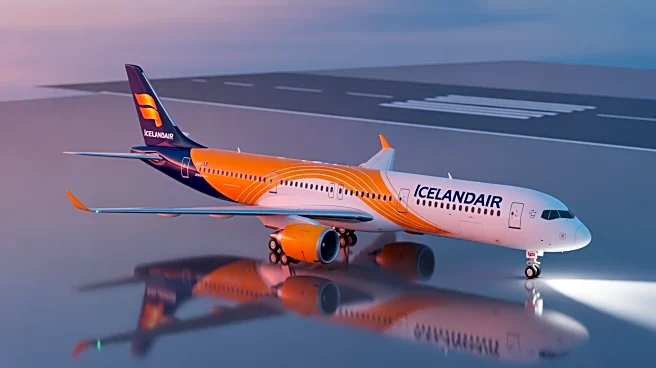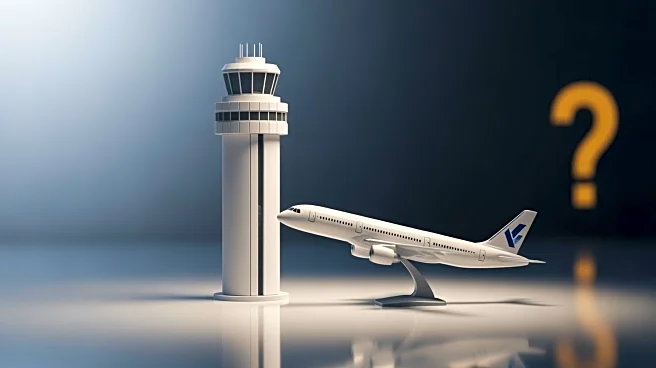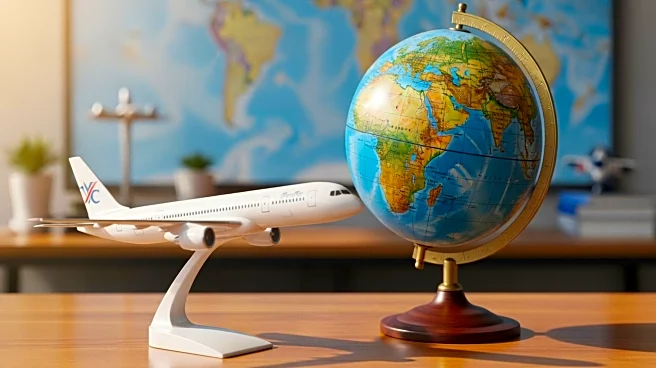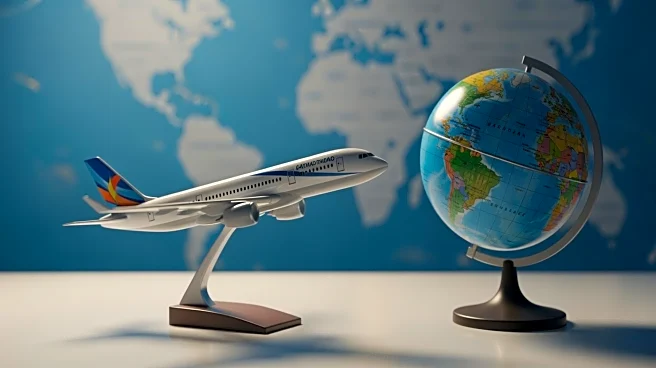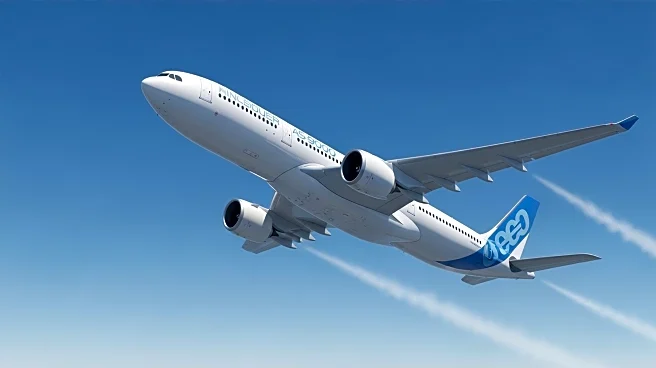What's Happening?
Icelandair, Iceland's largest airline, has announced plans to retire its wide-body Boeing 767 aircraft by the end of 2025. This decision comes as part of the airline's strategy to address nearly a decade
of financially unsustainable operations. Despite reporting a third-quarter profit of seven billion ISK, the profit was down by 1.5 billion compared to the same period last year. The airline's revenues increased by 6%, and passenger numbers rose by 2% to 1.7 million. However, Icelandair anticipates a full-year loss ranging from 1.2 to 2.4 billion ISK. CEO Bogi Nils Bogason emphasized the need for significant operational changes, stating that the turnaround must occur no later than next year. The retirement of the Boeing 767 aircraft, introduced in 2016, is part of broader cost-cutting and fleet optimization efforts expected to save over 12 billion ISK annually. Icelandair plans to expand routes to Southern Europe and Scandinavia while reducing services to North America.
Why It's Important?
The decision to retire the Boeing 767 aircraft and optimize the fleet is crucial for Icelandair as it seeks to stabilize its financial situation after years of unsustainable operations. The anticipated savings of over 12 billion ISK annually could significantly impact the airline's ability to invest in new routes and improve profitability. By expanding services to Southern Europe and Scandinavia, Icelandair aims to tap into potentially lucrative markets, which could enhance its competitive position in the aviation industry. The reduction in North American services may reflect a strategic shift to focus on regions with higher demand or profitability. The ongoing wage negotiations with aviation professionals are also critical, as they will influence the future operational costs and workforce stability of the airline.
What's Next?
Icelandair's strategic shift in operations and fleet management is expected to unfold over the coming months, with the retirement of the Boeing 767 aircraft by the end of 2025. The airline will continue to negotiate wages with aviation professionals, which could impact its cost structure and employee relations. As Icelandair expands its routes to Southern Europe and Scandinavia, it will likely monitor market demand and adjust its services accordingly. The reduction in North American routes may lead to changes in partnerships or alliances with other airlines to maintain connectivity. Stakeholders, including investors and employees, will be closely watching the company's financial performance and strategic decisions to assess the long-term viability of Icelandair.
Beyond the Headlines
The retirement of the Boeing 767 aircraft and the shift in route focus may have broader implications for Icelandair's environmental impact and sustainability efforts. By optimizing its fleet, the airline could reduce fuel consumption and emissions, aligning with global trends towards greener aviation practices. Additionally, the strategic focus on Southern Europe and Scandinavia may reflect changing travel patterns and consumer preferences, influenced by geopolitical factors or economic conditions. The outcome of wage negotiations could also set precedents for labor relations within the aviation industry, potentially affecting other airlines facing similar financial challenges.
